7 Pain Points You Should Know To Increase Your Website
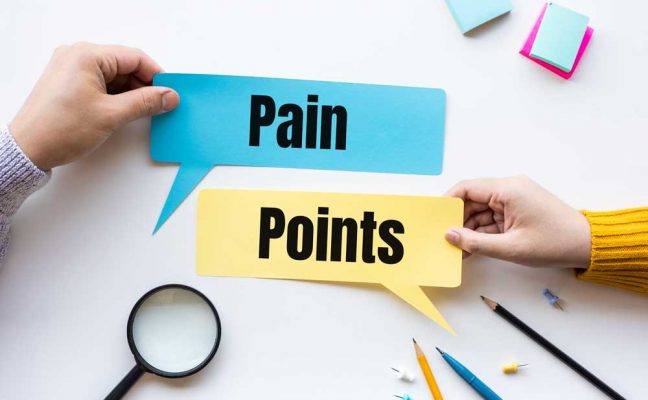
Table of Contents
1. Introduction
Digital marketing is great way to grow your business online. But is also comes with some common problem and pain points that many business owners face. Whether it’s not getting enough website visitors, low sales, and branding issues – these challenges can stop your online growth.
In this blog, we will talk about the top 9 pain points in digital marketing and how you can solve each one. The tips are simple and easy to follow, even if you’re just staring out. By the end of this article, you’ll understand how to fix these issues and improve your online marketing results.
2. What Are Pain Points in Digital Marketing?
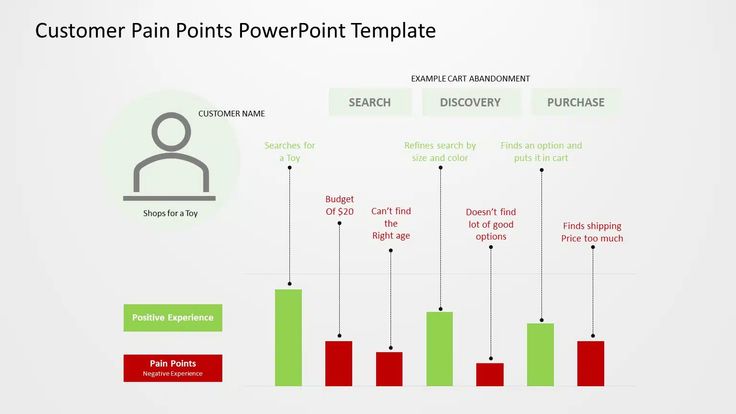
Pain points in digital marketing are the common mistakes and struggles that businesses face while promoting on their own online. These issues stop them from getting good results, like low traffic, fewer leads, and not enough sales. Every business, big and small, deals with at least one of these problems at some point.
Understanding these pain points is important because it helps you fix what’s not working. Once you know the problem, you can find the right solution – whether it’s improving your website, running better ads, and creating stronger content. Solving these pain points can lead to better online visibility, more customers, and higher growth.
That’s why it’s important to identify these problems early. Once you understand what’s holding you back, you can take the right steps to fix them. This helps improve your traffic, grow your audience, get more leads, and increase sales. Solving digital marketing pain points is not just for experts – even small changes can make a big difference when done right.
3. Pain Point #1: Low Website Traffic
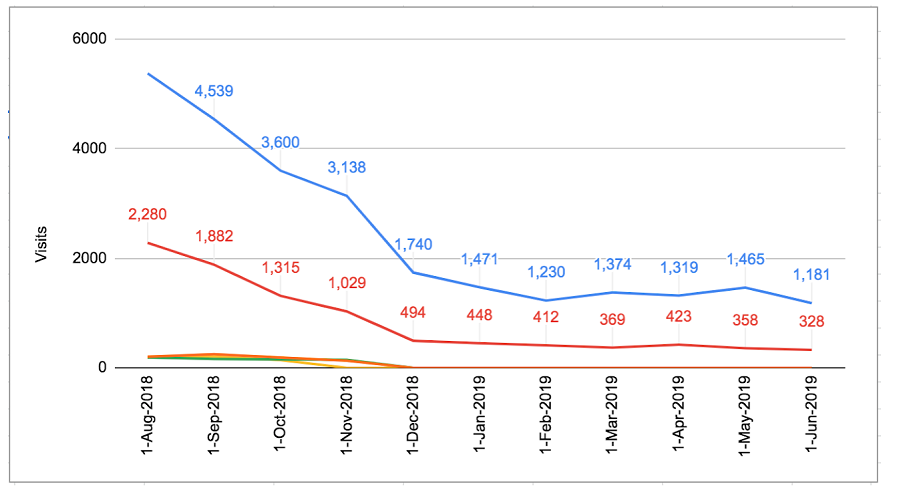
Low website traffic means not many people are visiting your website. This is one of the biggest problems many businesses face in digital marketing. Even if your website looks great, it won’t help if no one sees it. Without traffic, you won’t get leads, sales, and grow your business.
There are many reasons why traffic may be low, maybe your website is not showing up on Google, and you’re not using the right keywords. sometimes, it’s because your content isn’t helpful and your website takes too long to load. Also, if you’re not active on social media and not running ads, fewer people will know about your site.
use SEO (Search Engine Optimization) it improve your Google rankings.
Write helpful and good blog posts using the right keywords that your visitors search for
Share your content on platforms like Instagram, LinkedIn, Facebook, and WhatsApp groups
Run ads on Google and social media if your budget allows
4. Pain Point #2: Poor Lead Generation
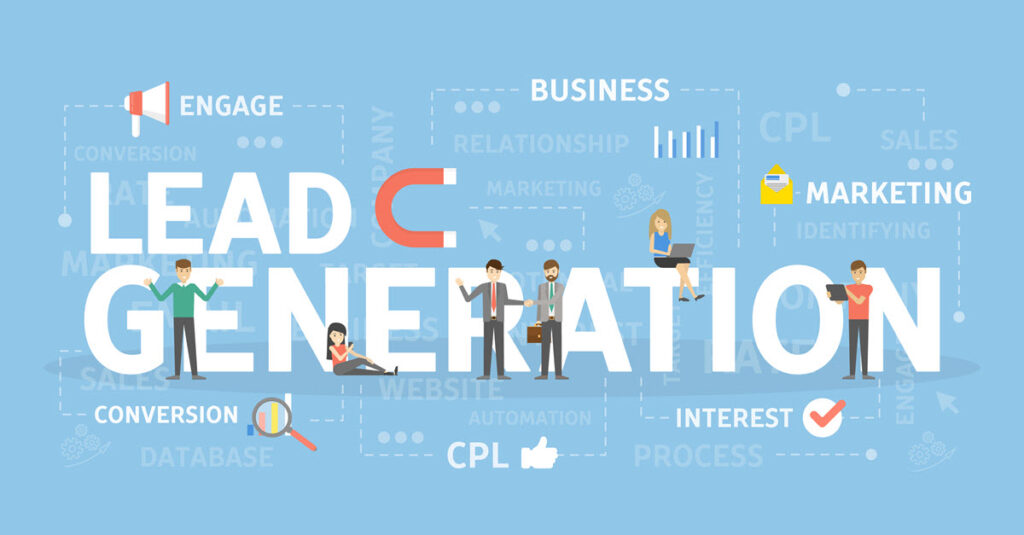
Poor lead generation means people are visiting your website and seeing your content, but they are not contacting you, signing up, or showing interest in your services. This is a big issue because leads are important for getting sales. Without leads, your business can’t grow.
There can be many reasons for poor lead generation. Maybe your website doesn’t have clear call-to-action buttons like “contact Us” and something more. Sometimes, visitors don’t trust the site and don’t see any value in filling out the form.
Make your contact forms short and simple – ask only for name, email, and phone number.
Offer something good and valuable in return, like a free eBook, and a discount
“Show things that build trust, like customer reviews, happy testimonials, and safety badges (like ‘100% secure’) to make people feel safe and confident to buy.”
5. Pain Point #3: High Bounce Rate
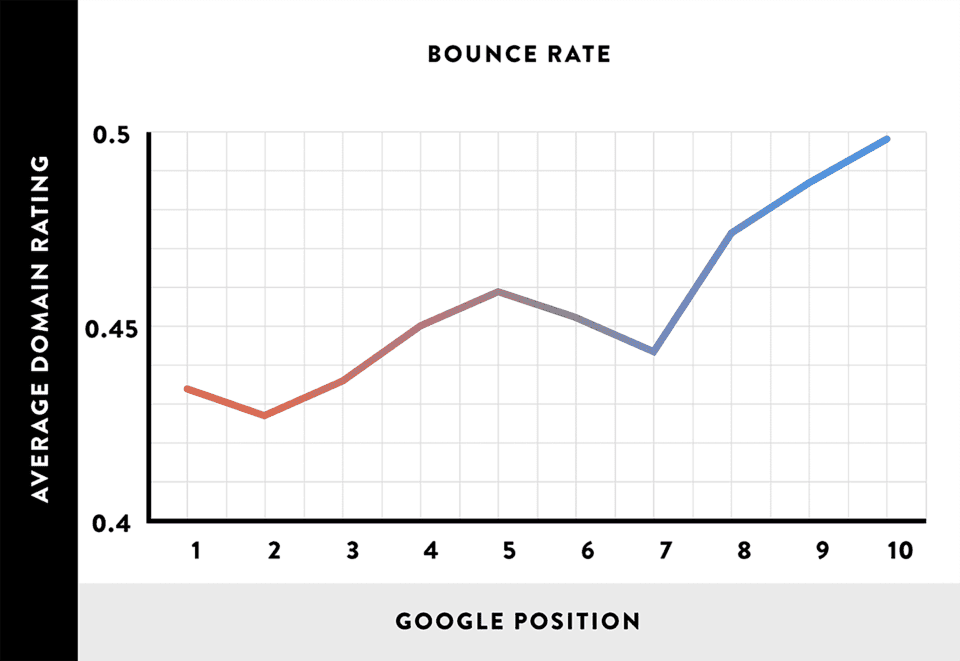
A high bounce rate means people visit your website but leave quickly without clicking and exploring other pages. This is a problem because it shows that users didn’t find what they were looking for and weren’t interested in staying longer. When this happens, it’s hard to turn visitors into leads and customers.
There are so many reasons for a high bounce rate. Your website might load slowly, the design could be confusing, and the might not be helpful. Sometimes, visitors land on a page but can’t find what they expected based on your ad and link. This makes them leave right away.
6. Pain Point #4: Low Conversion Rate
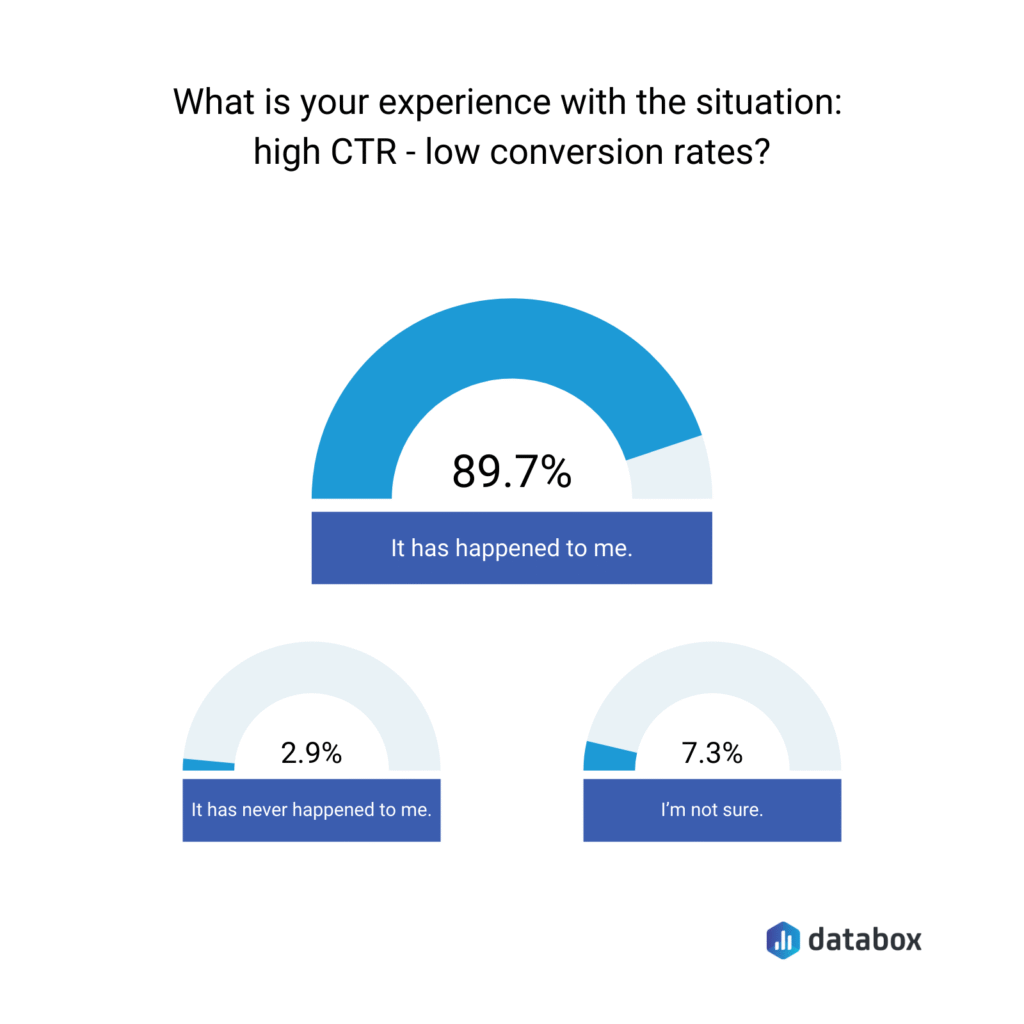
A low conversion rate means that even though people visit your website, they don’t take any action – like signing up, buying something, and contacting you. This can be frustrating because you’re getting traffic, but not getting results.
There are many reasons for low conversions: your offer might not be clear, your website may look untrustworthy, and your call-to-action buttons might be hard to find. Sometimes, people just don’t understand why they should choose you.
7. Pain Point #5: Inconsistent Branding
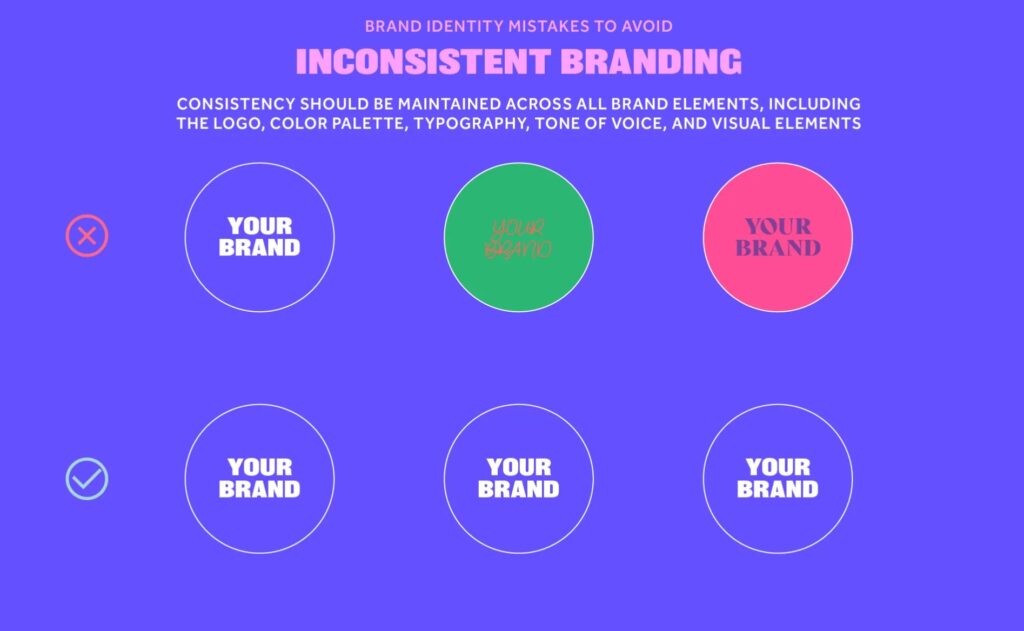
Inconsistent branding means your business looks different on different platforms, like your website, social media, emails, and ads. For example, your logo, colors, and message might change from place. This can make people confused and think your business is not serious or trustworthy.
People should quickly know what your brand is and what you do when they see it. If your brand is not clear and consistent, they may not trust you and remember you.
Consistent branding builds trust, makes your business easy to recognize, and helps people remember you.
8. Pain Point 6#: Budget Limitations

Having a small budget means you can’t spend much on big marketing, paid ads, or costly tools. This is a common problem, especially for small businesses and new startups. With a small budget, it feels hard to compete with bigger brands.
But good news – you don’t need a big budget to succeed in digital marketing. What matters is using your money smartly and focusing on what gives the best results.
9. Pain Point 7#: Keeping Up with Trends & Algorithms
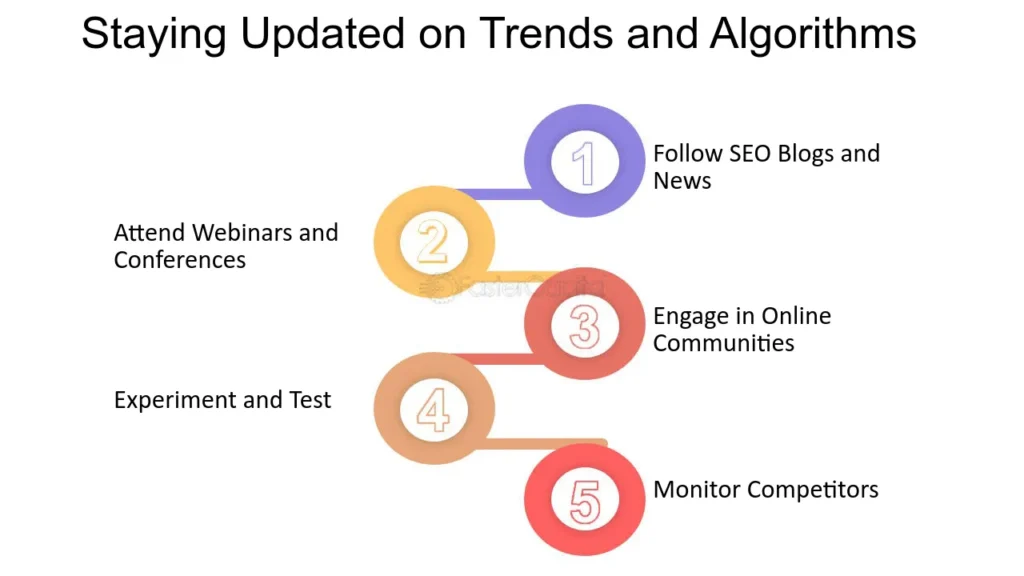
In digital marketing, things change fast. Google updates its algorithms, social media platforms add new features, and new trends come up all the time. It can be hard to keep up, especially when you’re busy running a business. if you don’t stay updated, your content and ads may stop working as well as before.
affect, For like, a Google algorithm update can lower your website’s ranking. A change in Instagram’s algorithm can affect how many people see your posts. If you don’t adjust, you might lose traffic, reach, and engagement.
10. Conclusion
Every business faces some kind of pain point in digital marketing. Whether it’s low website traffic, poor lead generation, and a high bounce rate – these pain points can stop your growth if not handled correctly. The good news is that each pain points has a simple solution when you understand the cause and take the right action.
Stay updated, GrowDigitallyWorld.com, with new trends
11. FAQs
Q1: How do I know my biggest marketing pain point?
Track your analytics — low traffic, bounce rate, and low leads are good starting signs.
Q2: What’s the most common pain point in digital marketing?
Low website traffic and poor conversions are the most common.
Q3: Can small businesses solve pain points without a big budget?
Yes. Focus on SEO, content marketing, and organic social media — all cost-effective.
Q4: Why is it important to fix digital marketing pain points?
Because pain points can block your growth. Solving them helps you get more traffic, leads, and sales.
Q5: How often should I check for new pain points?
Check your analytics every month. Trends and results can change, so it’s good to review often.
